Mark a century of Lincoln by the Continental, its most significant model
Before Lincoln was Lincoln, it was Cadillac. And before Cadillac was Cadillac, it was the Henry Ford Company. However, investors fired Henry in March 1902 after just four months, leaving him with a lifelong disdain for bankers and financiers. The investors brought in Henry Leland, a well-respected Detroit business figure and pioneer in high-precision manufacturing, to evaluate what Ford had left behind. Ford was out, Leland was in, and Ford would never forget it.
Leland suggested that the investors reorganize and build a new car using an engine of his own design. The Henry Ford Company became the Cadillac Automobile Company, named in honor of Detroit’s founder, Antoine de la Mothe Cadillac. With Leland’s emphasis on precision manufacturing, Cadillac was soon considered one of the finest automakers in the country, if not the world. General Motors, led by William C. “Billy” Durant, purchased Cadillac in 1909 for $4.5 million. Durant promised that Leland, aided by Leland’s son Wilfred, would have free rein to run Cadillac.
After a falling out with Durant, the Lelands resigned and in August 1917, they founded the Lincoln Motor Company. As with Cadillac, the new enterprise was named for a historic figure, in this case the late president, and the company began building aircraft engines for World War I. The war ended in November 1918 and the Lelands were left with a large, expensive factory, canceled government contracts, and no income. They decided to retool and build an automobile instead, with the first Lincoln motor car debuting in September 1920. Unfortunately, material shortages, labor strikes, poor sales, and a postwar depression all conspired against Lincoln; by 1922, the company was in receivership. A savior was needed. Enter Henry Ford and his only child, Edsel: Father and son would rescue father and son.
Where some parents might buy their children a car, Henry bought his son a car company. By 1919, Ford had bought out all of his stockholders, with Edsel, aged 26, serving as the company’s president but Henry pulling the strings. The Ford Motor Company was run more like a small-town family business than the largest automaker in the world, with enormous wealth concentrated in the hands of a few. Henry wrote a $12 million check ($199 million in today’s money) to buy Lincoln and pay off its creditors as easily as we might pay our cable bill. The fate of the Lelands was now in Henry Ford’s hands—and Henry made sure they knew it.
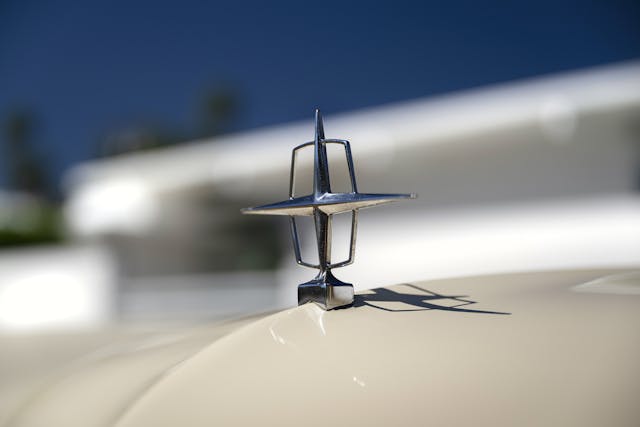
Despite their initial hopes for a successful merger, the Lelands soon learned that their management style was the exact opposite of Ford’s, which was at best arbitrary but more frequently abusive. Employees were fired on the spot for simply having their hands in their pockets, or sitting on a stool, or leaning against machinery. “If the work of certain clerks in the shop is not wanted, why tell them so? Smash their desks,” was the Ford approach to human resources. When challenged by the Lelands, one Ford manager stated, “The general impression is that you think yourselves exclusive. You are no different from me or anyone else—no different from any Ford plant.”
It was too much for the Lelands. Wilfred wrote several times to Ford, begging him to sell Lincoln back to them. Ford did not reply; his response instead was to send two of his lieutenants to end the association. “You better go over,” Ford said, “and tell Wilfred we don’t want him anymore.” The Lelands were told to take their personal belongings with them and were given a mere two weeks’ severance. The whole affair had barely lasted four months; the Lelands would never speak to Henry or Edsel again.
The parallel between the Lelands and the Fords, of father working alongside son, is an interesting one, but the comparison ends there. Although Henry Leland and Wilfred worked well with each other, Henry Ford could not have been more different from Edsel. Henry was proud of his ignorance, coarse and unrefined, stuck in his old ways and always looking to the past. Edsel was gentle and soft-spoken, a lover of fine arts and culture, with an eye to the future. It was his artistic vision that was responsible for the Model A that finally replaced the long-lived but woefully outdated Model T, and Lincoln would benefit tremendously from Edsel’s talents. Henry wanted to sell the most cars. Edsel wanted to sell the best.
Lincoln became Edsel’s personal playground, a place where he could let his imagination roam and bring his ideas to life. The introduction of the Lincoln Zephyr in 1936 showed what he could do with a blank canvas and the unlimited resources of Ford at his disposal. The Zephyr’s streamlined shape, while borrowing from the earlier Chrysler Airflow, was nonetheless fresh and new. It also looked to the future (though taking another nod from the Airflow) with its unibody construction. Lincoln sales in the Zephyr’s first year hit 15,000, nine times that of the previous year. It saved Lincoln from extinction and was the foundation of Edsel’s next styling triumph.

Edsel had traveled regularly to Europe throughout his life and was dazzled by the continent’s many beautiful marques with their gorgeous, custom coachbuilt bodywork. In 1938, he commissioned a one-off car to take on his annual Florida vacation. When the company is your playground, you can do these kinds of things. Chief stylist E.T. “Bob” Gregorie used the Zephyr as the basis of his design and sketched a convertible with a new body, a long hood, and a rear-mounted spare tire due to the lack of trunk room. The name “Continental” was chosen as a nod to its European inspiration. The car was such a great success with Edsel’s well-to-do Florida friends, he sent a telegram back to Michigan saying he could sell a thousand Continentals.
The battles between Edsel and his father increased in severity as Old Henry got older and became increasingly autocratic. Seeking ways to counter his father’s grip on Ford, Edsel suggested the company go public. Henry was incensed and would not consider going public. He was constantly interrogating people who knew about Edsel’s private life and even had a paid informant posing as one of Edsel’s servants to report on Edsel’s activities at home.
The stress was constant and eventually became too much. Edsel died after a long battle with stomach cancer on May 26, 1943, aged just 49. His contentious relationship with his father, many believe, contributed to his demise. With Edsel went Lincoln’s main patron and its flair for design. Henry Ford II, the eldest of Edsel’s three boys, took over the company in 1945; after the elder Henry suffered a series of strokes and died on April 7, 1947, he ran it as his own personal fiefdom for 35 years.
Known as “Hank the Deuce,” he was more like his namesake than his father—rude, crude, and unrefined. He knew the car business, though, and guided the company well during his tenure. He dominated and bullied his younger brothers; William Clay briefly ran the Continental Division until it merged with Lincoln, while Benson later headed up the Lincoln-Mercury Division. Bill bought the Detroit Lions in 1963 and battled alcoholism for much of his life. Benson suffered a massive heart attack at age 39 and died from another at 58. The Ford Motor Company had exacted a steep price from the family that gave it its name.
For 100 years, Lincoln has continued to serve as the luxury flagship for the Ford Motor Company. Gathered here are the first Continental and four of its successors—the Mark II, III, IV, and V—to observe what DNA has passed on to subsequent generations. Today, Lincoln’s top seller is the Navigator SUV, a fact that Edsel might find curious. The design aesthetic, perhaps, he would understand.
The Continental (1939–1948)

After Edsel’s death, Ford reorganized its management structure, which led to designer Bob Gregorie leaving the company in 1946. As a result, the first postwar Continental was penned by famous industrial designer Raymond Loewy. The car featured a chromed “egg-crate” grille, a detail that would be repeated throughout the 1950s by other automakers. This additional heaviness at the front better balanced with the rear trunk and spare-tire treatment, and the new boxy fenders harmonized nicely with the creased lines of the original Continental. Chrome was used sparingly.
Taken together, it was an extremely effective design; in 1951, the Museum of Modern Art in New York celebrated the Continental by including it in a first-of-a-kind exhibition, 8 Automobiles. Labeled as “An exhibition concerned with the aesthetics of motorcar design,” the eight cars were chosen “primarily for their excellence as works of art.” The brochure’s page on the Continental ends: “The Lincoln Continental satisfies the requirements of connoisseurs while capturing the imagination of a public less preoccupied with the refinements of automobile design.”
The car continues to this day as a hallmark of automobile artistry: The 1939–1948 Continental is recognized by the Classic Car Club of America as a “Full Classic.” The Continental is also one of the last American cars sold new with a V-12 engine.
Continental Mark II (1956–1957)
Continental was revived in 1955, this time serving as the name of a new division. Built only for 1956 and 1957, “Continental Mark II” is the correct way to refer to the cars, not “Lincoln Continental Mark II.” William Clay Ford, who shared his father’s eye for design, would lead the brand. In his eyes, he was carrying on Edsel’s design tradition. Big brother Henry II saw it differently. Arriving late to the ground-breaking ceremony for the Continental plant, Henry walked past Bill and said out of the corner of his mouth, “Sorry to be late for your funeral.”
In the Continental tradition, the lines were exceedingly simple and restrained. At the front was a subtle re-creation of the 1946’s egg-crate grille, while at the rear, the trunk bulge housed a spare tire now inside the trunk rather than attached to the rump. Chrome was used sparingly, and tailfins, too, were missing. At $10,000 (almost $109,000 today), the Mark II was the second most expensive car sold in the United States. A total of 3003 cars were produced during the division’s short lifespan. Automotive folklore has it that Continental lost $1000 on every car sold. Although there is no paperwork documenting that number, a development price tag of $21 million saddled every car with at least $7500 of cost before materials and labor, essentially guaranteeing the Mark II would never turn a profit.
The timing was terrible. With Ford now public, profit was an issue. Ernie Breech, Ford’s chairman, vowed, “I’m not going to my first public stockholders’ meeting with a division that’s planned to lose money.” Continental was closed in May 1957. The plant would build the all-new Edsel, a move that, in retrospect, foreshadows the failure to follow.
Continental Mark III (1969–1972)
Lee Iacocca, then the president of Ford, was riding high on his success with the Mustang in 1965 when he turned his attention to developing the Mark II’s successor. With the project stamped with the codename “Lancelot,” it was clear the role that Iacocca saw for himself: the knight who was rescuing Ford.
He decreed that for 1969, the Mark III would have a squared-off grille heavily influenced by Rolls-Royce, a 6-foot-long hood, and the Continental’s signature curved trunklid hinting at a spare tire beneath it. Lincoln designers beautifully adapted the grille, flanked by concealed headlamps. Sharp, angular sheetmetal was a distinctive counterpoint to the rounder shapes of the Mark II. Perhaps the most distinctive feature was the 2-inch swell behind the door that gave the Mark III a dramatic upward line that carried to the trunklid. Under the hood was a 460-cubic-inch V-8 that made 365 horsepower and 500 lb-ft of torque, soon to be strangled by new federal emissions targets.
Though the new Mark III tipped the scales at 4740 pounds, its performance was still lively; the car could go from 0 to 60 mph in 8.3 seconds. Fuel economy, however, was less exceptional, coming in around 10 mpg. The Mark III’s sticker price was $6585 versus the Cadillac Eldorado’s $6711. Ford executives, somewhat scarred by the failures of the Mark II and the Edsel, were cautious in their sales expectations.
Their concern was for naught; 23,088 were sold, hard on the heels of the Eldorado’s 23,333. Lincoln had found the winning formula. The success would embolden Iacocca, putting him even more at odds with Henry II and setting the stage for inevitable conflict. After all, whose name was on the building?
Continental Mark IV (1972–1976)
After the sales triumph of the Mark III, Lincoln designers were loath to tamper with the formula. Design chief Eugene Bordinat’s dictum of continuity had demonstrated its worth; the Mark IV would be merely a refinement of the III. Although the grille remained essentially the same, the raised rear fender line was gone, and an oval “opera window” was optional for the rear quarter of the roof. The wheelbase was increased by 3.2 inches, which increased rear legroom. The added length allowed the designers to create more balanced proportions.
In 1973, changes were minimal, but federal safety legislation began to negatively affect design. This was most visible with the front and rear bumpers, which were federally mandated to survive a 5-mph and 2.5-mph impact, respectively. This requirement added 130 pounds to the car and extended the front bumper by 3 inches.
Designer-series cars were introduced, with Bill Blass, Cartier, Hubert de Givenchy, and Emilio Pucci lending their names and talents. Sales once more skyrocketed. Threats loomed, however, in the form of the 1973 oil embargo and the recent appearance of Mercedes-Benz as a legitimate contender on the American luxury-car scene. Most dire, though, was the increasing tension between Iacocca and Henry II.
Continental Mark V (1977–1980)
Despite Cadillac debuting its downsized Seville for 1976, Lincoln defiantly announced in a press release, “Our standard cars are full-sized in every sense of the term as are our luxury offerings.” The all-new Mark V was a styling triumph, with a sharply raked windshield, a longer hood and shorter trunk, and the trademark bump for a spare tire. Three vertical louvers were sculpted into the fenders behind the front wheels, and the rear opera window was set in a vinyl landau top. The traditional Rolls-inspired grille completed the sophisticated look.
A Diamond Jubilee edition in 1978 celebrated Ford’s 75th anniversary and stickered at $20,529 (almost $92,000 today). The Mark V was yet another hit, with sales of 80,321 versus the Eldorado’s 47,344. Politics and economics soon conspired against the Mark V, though: The Iranian Revolution in 1979 sent gas prices skyward, while rapidly rising interest rates limited buyers’ purchasing power. The unsettled market caught Lincoln out as General Motors led the downsizing of the American luxury market. Finally, the duel between Henry II and Iacocca came to a head: Ford fired Iacocca on July 13, 1978. When Iacocca asked him why, Henry II simply shrugged and said, “Well, sometimes you just don’t like somebody.”
Henry II formally retired from all positions at Ford Motor Company on October 1, 1982. He was once asked why he took the reins at Ford after the death of his father. In a moment of rare candidness, Henry II answered, “I did it for my father, to make it up to my father. My grandfather caused him so much anguish. I wanted to show the world that my father’s seed was made of good-enough stuff. I remember my father.”
***
This article first appeared in Hagerty Drivers Club magazine. Click here to subscribe and join the club.
Check out the Hagerty Media homepage so you don’t miss a single story, or better yet, bookmark it.
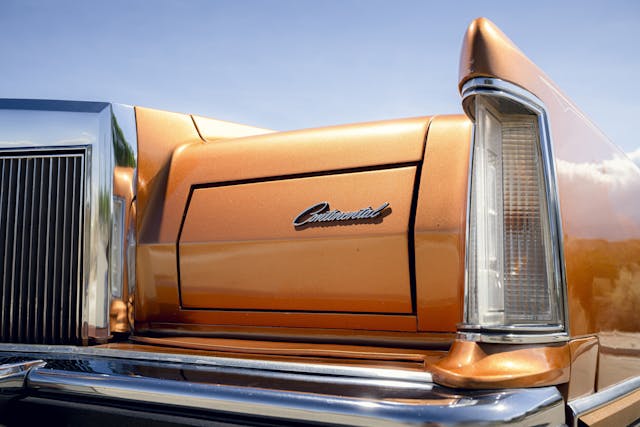
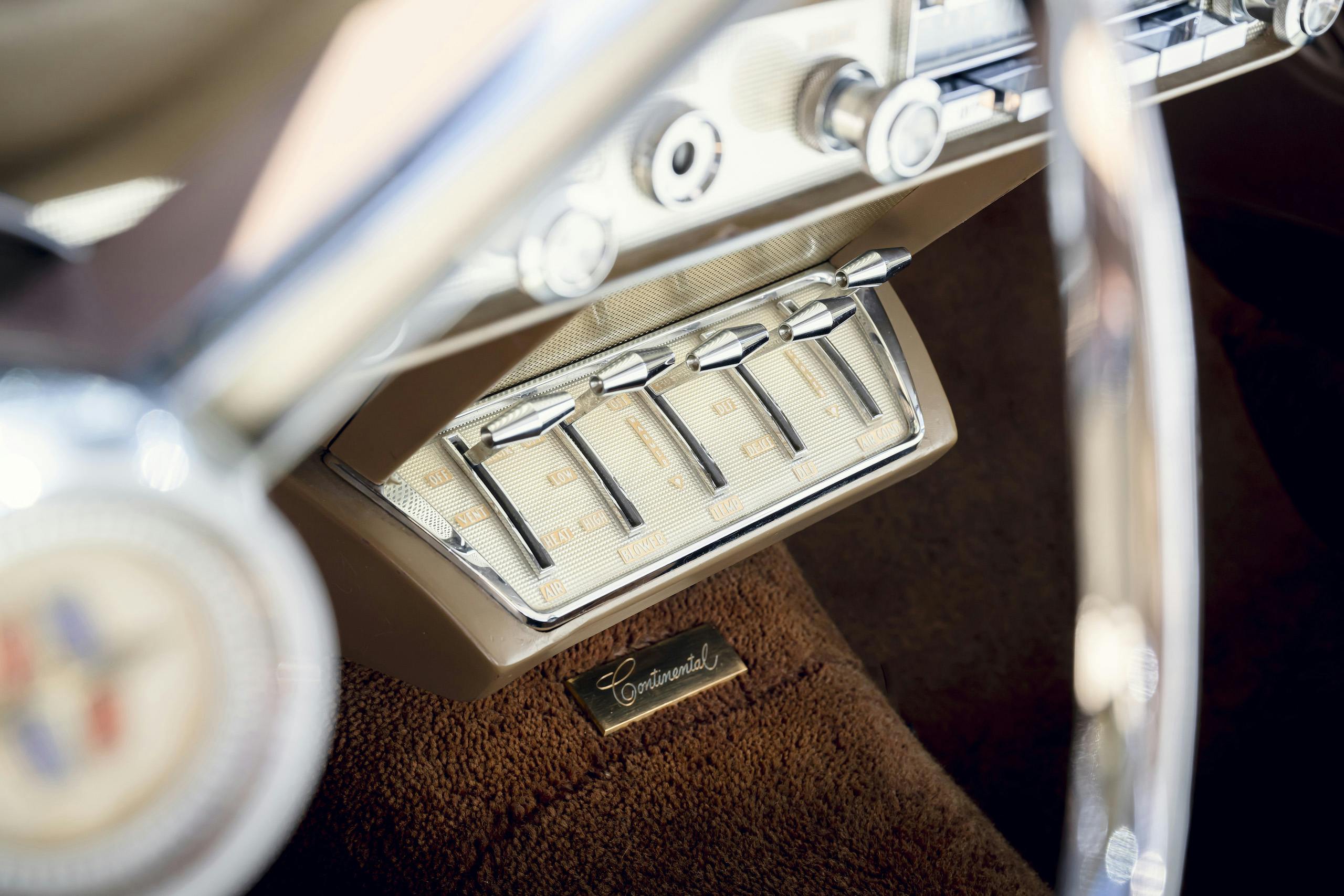
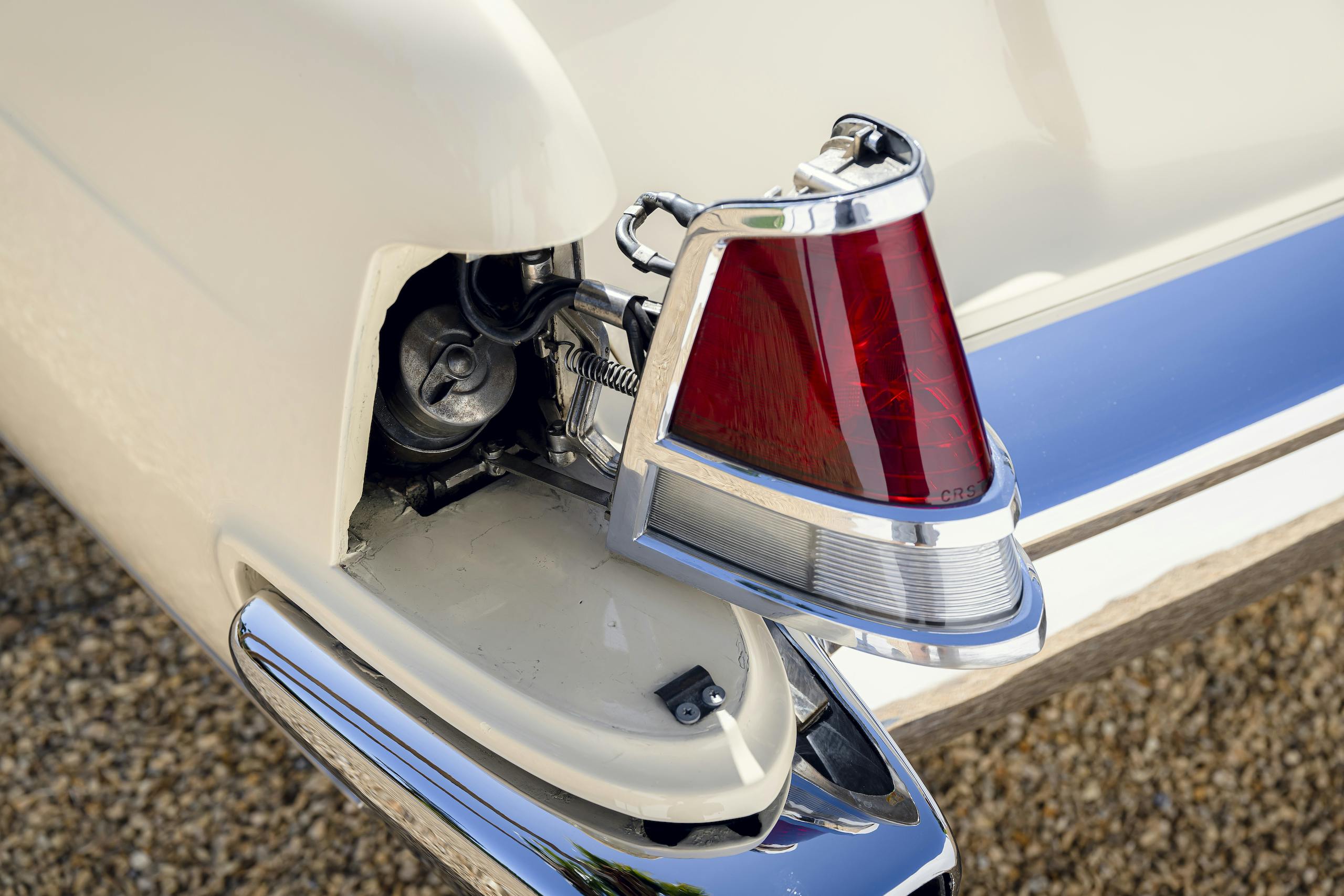

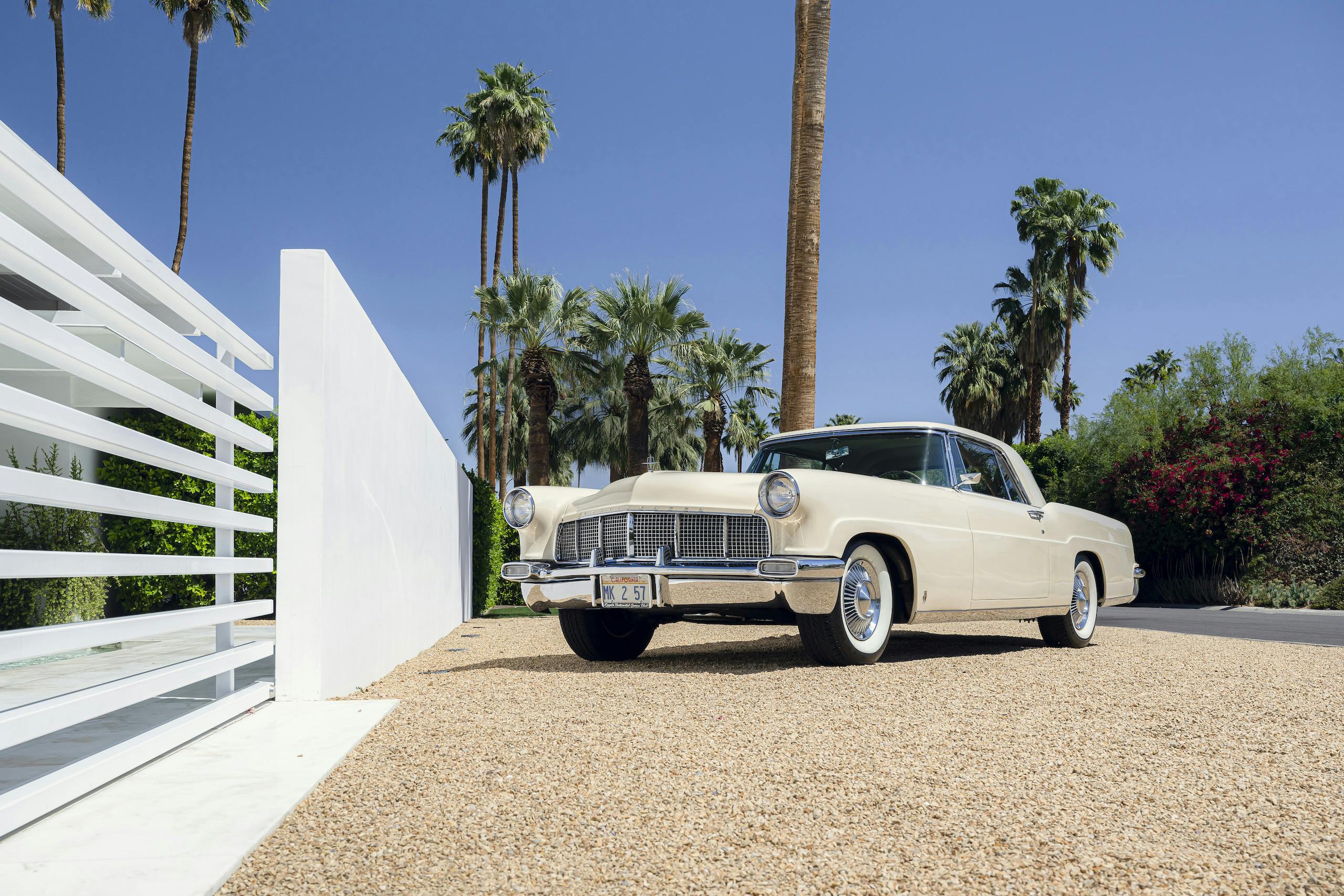
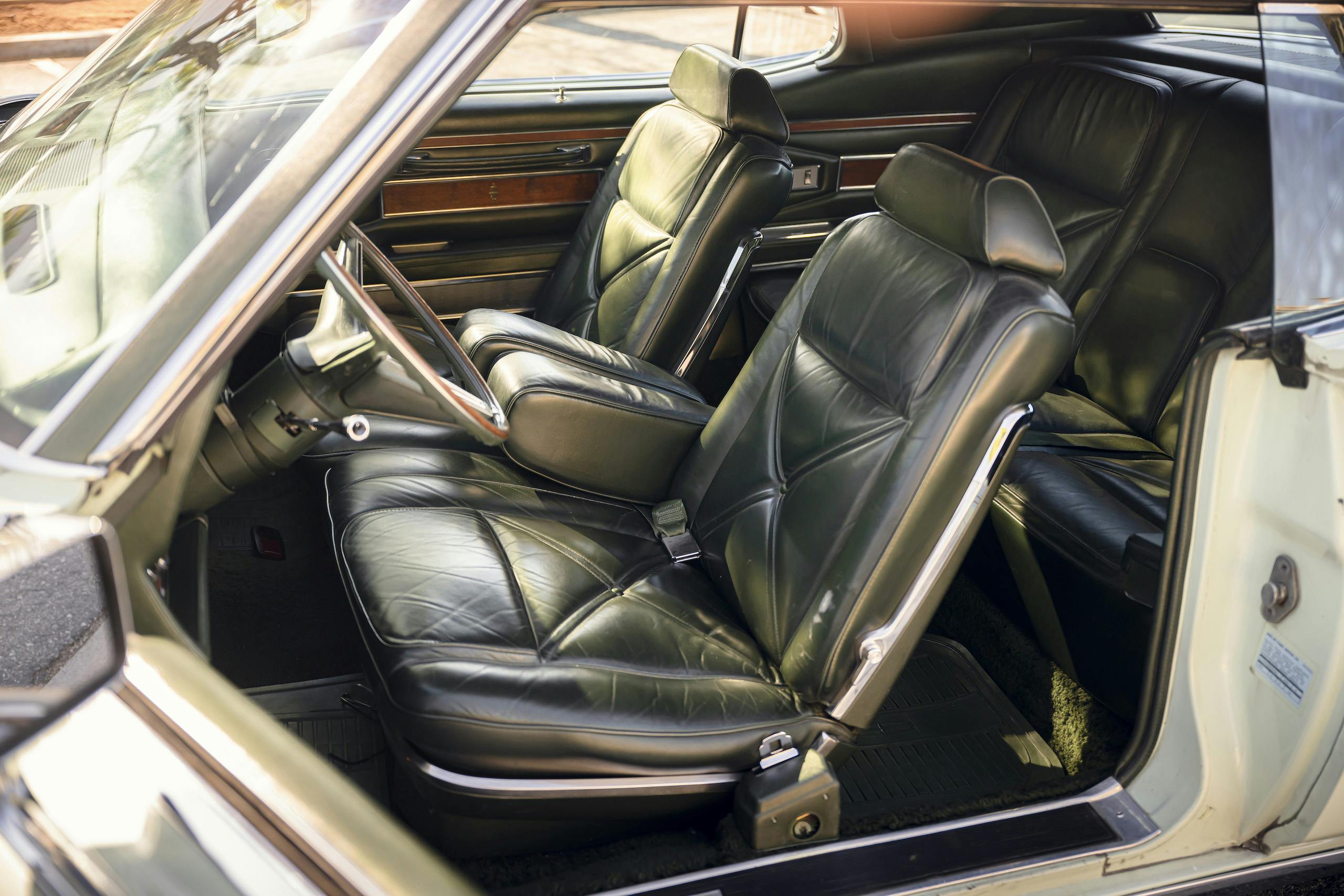
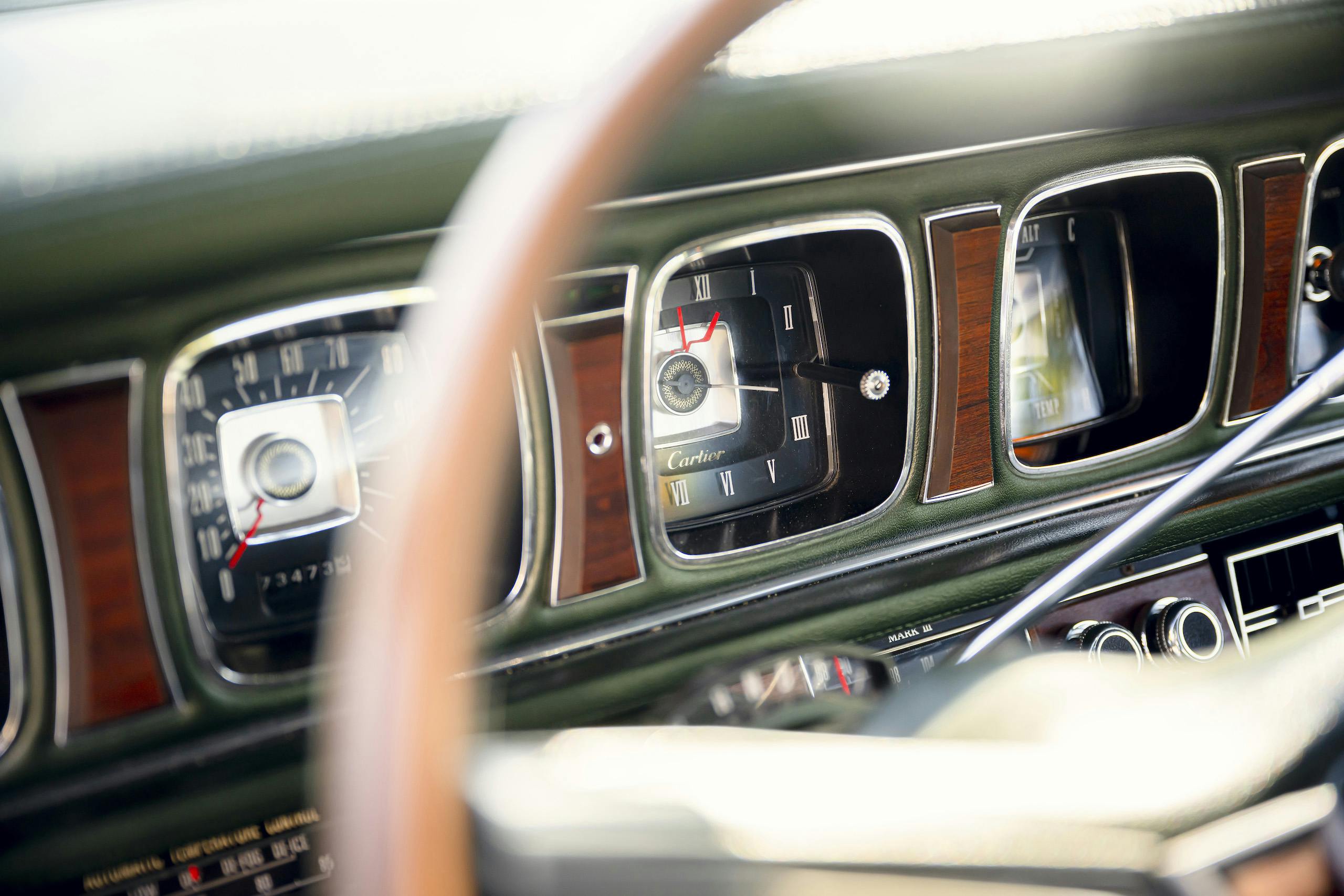

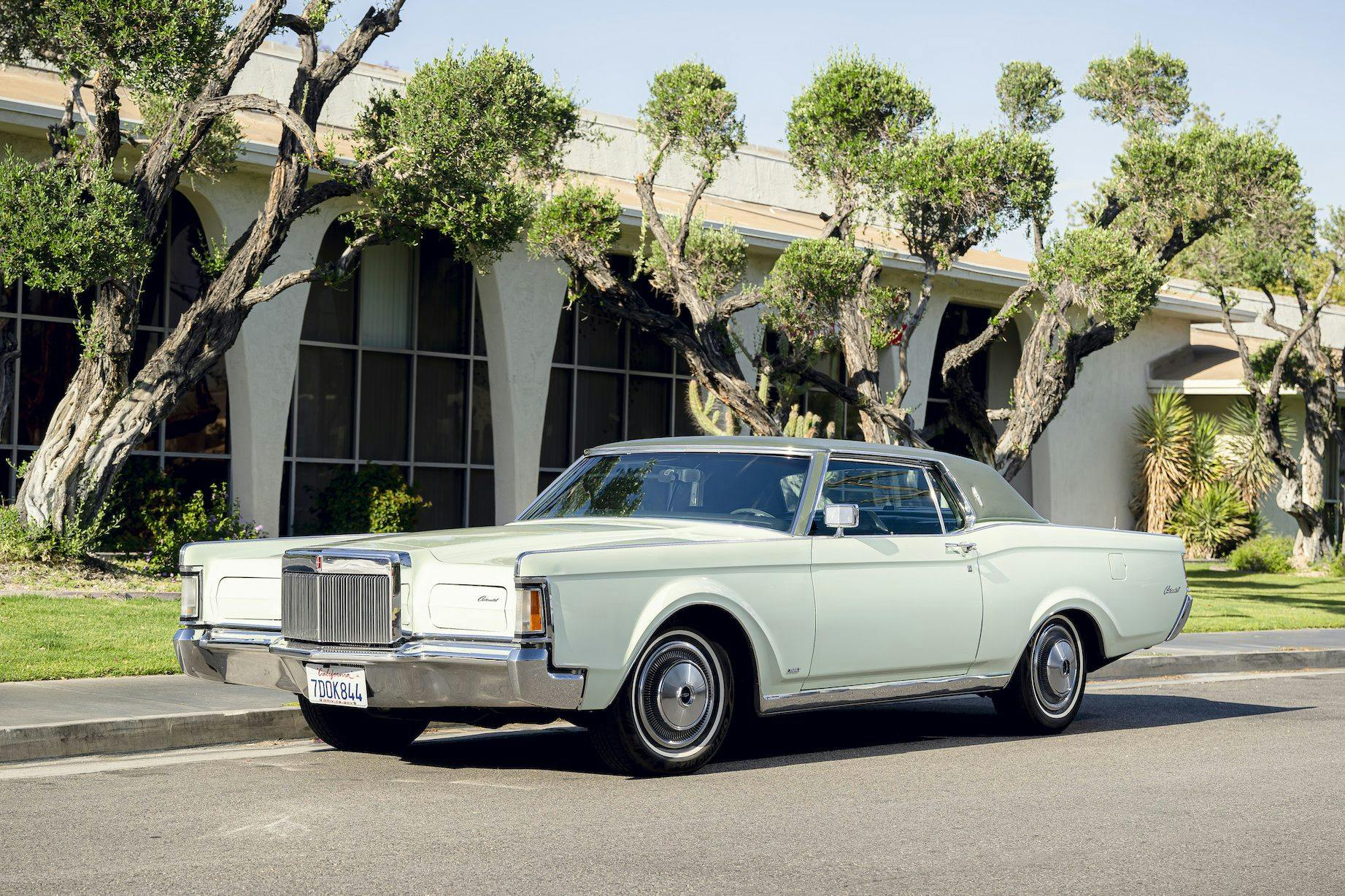
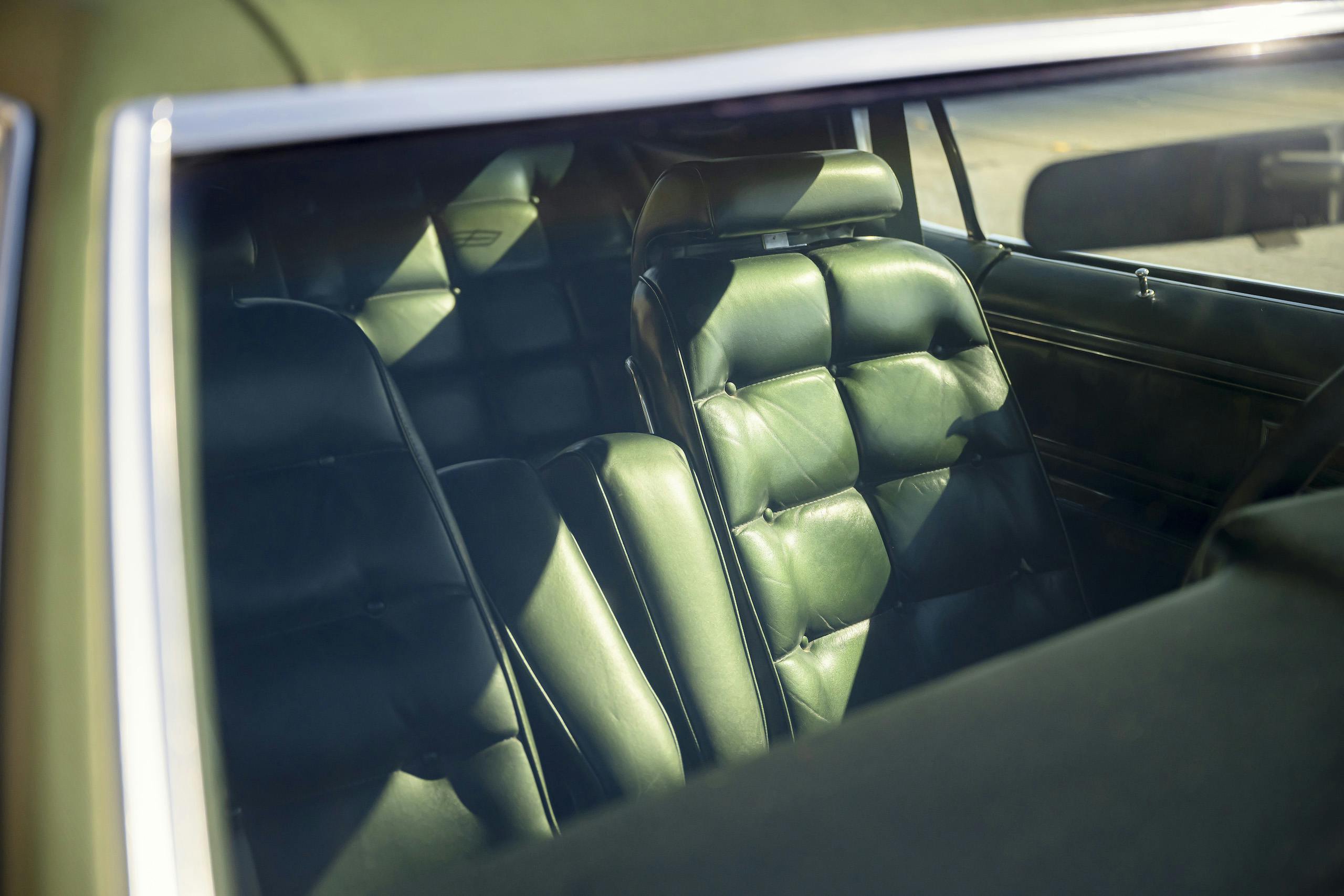


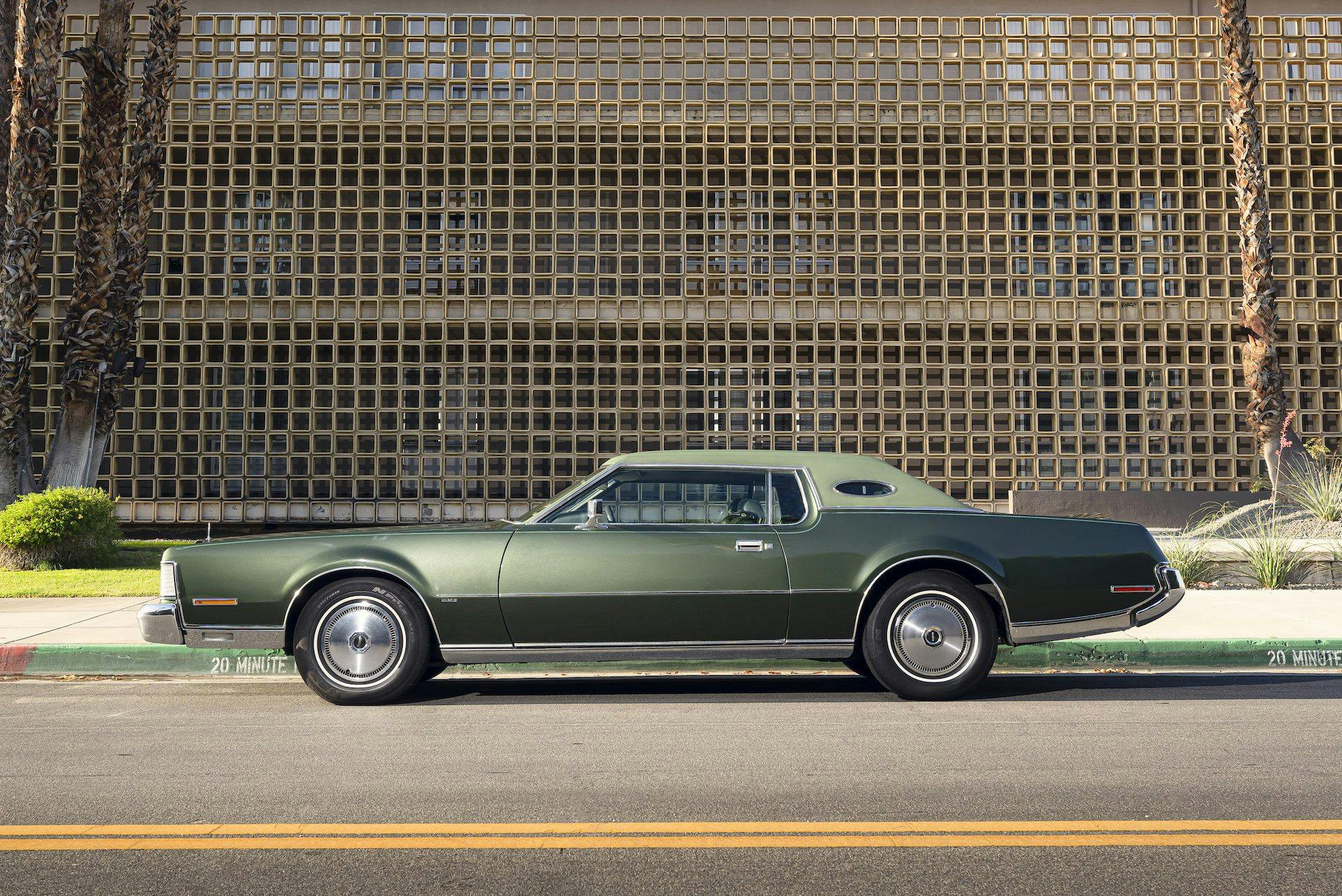
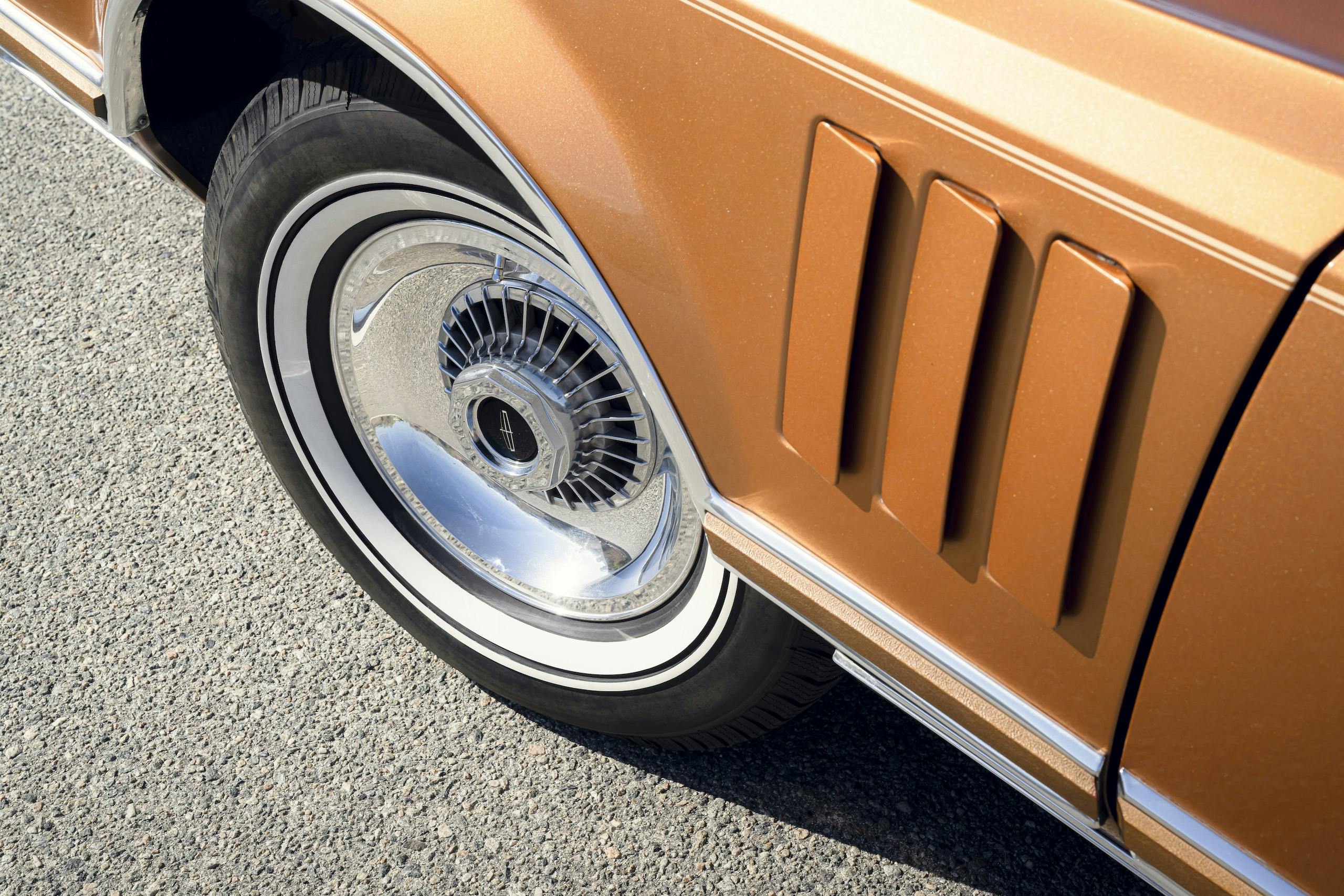
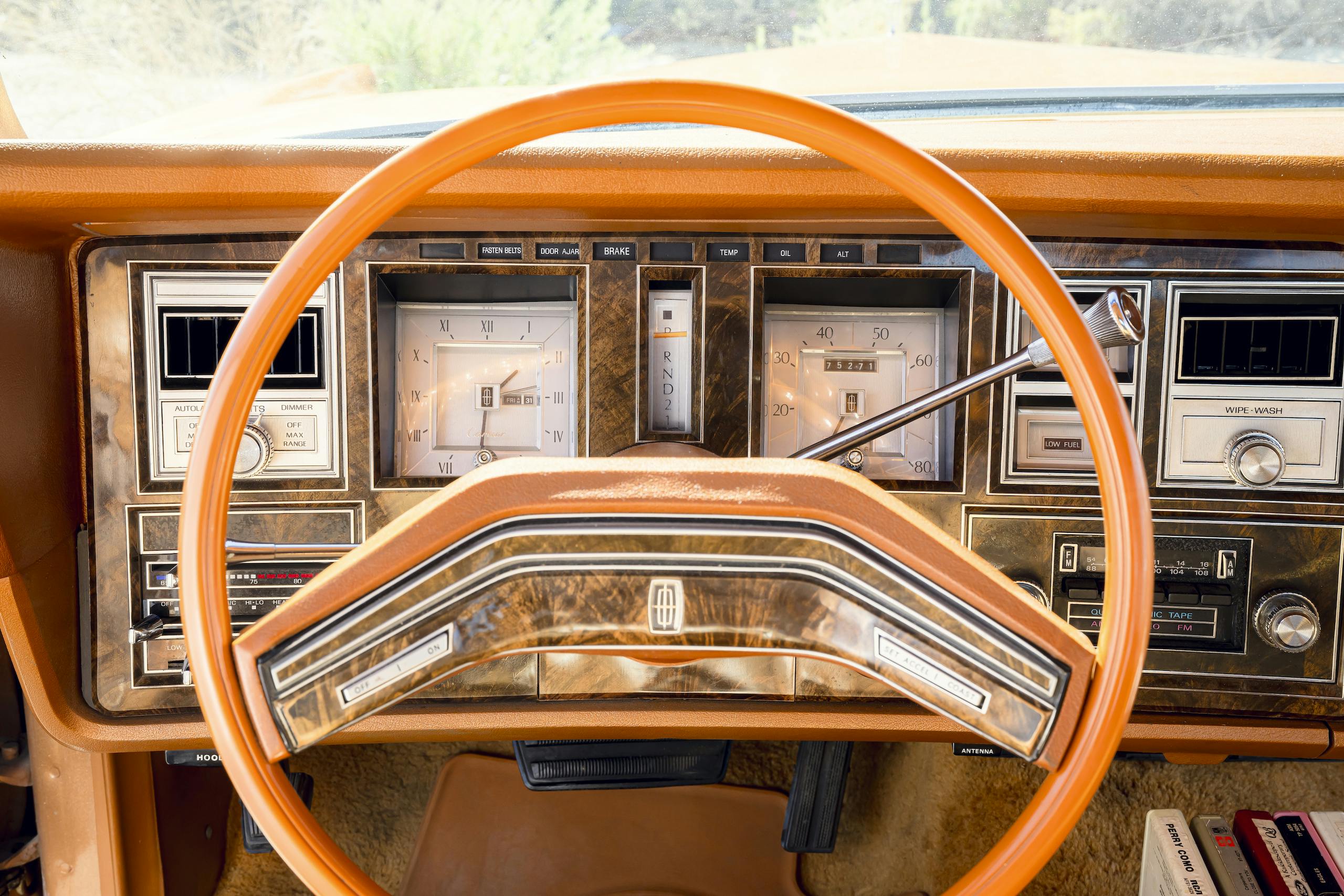
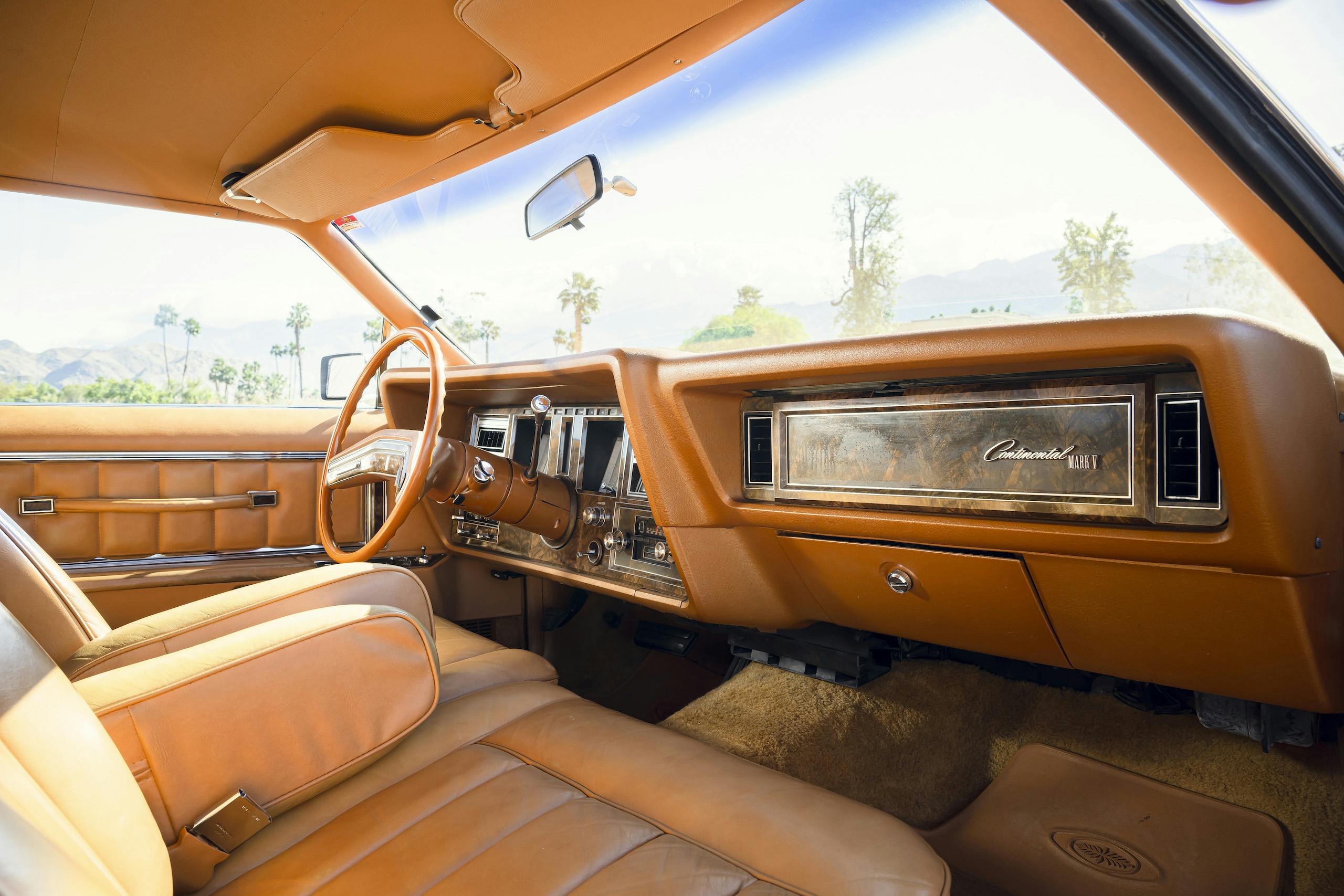



I am retired from the car business I graduated in 1968 I got a chance to drive mini would’ve known today as muscle cars that also love the Lincoln‘s and Cadillacs his driver most of the time was a Lincoln continental aura mark he loved the big two door marks of the We bought and sold several over the years does a great course and great memories70s and 80s late 60s
What happened to the Mark VI thru VIII? And the 21st century Continental?
Anyway – my favourite would be the Mark III, far and away. With the clean, bold lines and powerful V8, it would be my choice. Second would be the VII (in burgundy red monochrome LSC form). Third would be the VIII, with its sleek aero styling. And, a modern one with the 400 HP 3.0 Ecoboost V6 would be nice, too.
Actually, I like all somewhat, except for the Mark IV; I never took to it at all.
The 1977 78 79 Lincoln mark 5 is a very important car in Fords history, it was the end of the line of great American cars. Everything changed BIG time in 1980. I have a lot of cars and I always make sure I have a 77 Lincoln in my collection. This car commands a lot of respect.
We have a 78 Lincoln Mark V. We are looking for the chrome that goes over the back wheel on the passenger side, otherwise it is in mint condition, 58,000 miles.
Good story but the Mark IV was 1972-76 and Mark V was 1977-79.
I owned a 1979 Lincoln Town car, black on black, with every available option other than opera windows (yes, even the AM/FM/8 track with 40 channel CB). That car was the epitome of luxury (for me). Ford slaughtered a herd of cattle to line every surface short of the carpet with soft leather. Electric power everything. Four coil springs and 400 CI, smooth-as-silk engine. The finest highway cruiser ever! Not parking lot friendly, however. LOVED that car!
The 1976 Mark 4 was the most beautiful of this line. All the rest were wanna bees.
The Mark III was the last time Lincoln could be considered the best in the world! It’s build quality was the best of the American cars. Its luxury far exceeded Mercedes at the time. Then the beancounters took over at Ford and the Marks got bigger, more cheaply built and ridiculous all while Mercedes introduced the superb W116 (450SEL) which finally caught the Americans in luxury appointments. It also redefined luxury while exceeding everything else in performance, efficiency, driving dynamics, quality and status. Now Mercedes seems to be ridiculous with Tesla being the new definition of what cars should or at least will be.
I finally got my dream car in a brand new 2010 Town Car with the Continental package. I planned to have that car for the rest of my life. Sadly in 2020 a woman pulled out from a stop sign into my path. The car was written off as totaled. I’m still sick over having to let the car go. 2011 was the last year for full sized Town Cars. I went to look at the 2020 Town Car. It was awful. Too small and crowded inside with a center console. My dream was over.
So buy a 2011 lincoln town car signature L black on black of course.
Mine was previously owned by the White House. For sale
Peter Nichols
847 735 7377
peterjnichols1@gmail.com
The Continental Mark II of 1956 set the standard in design, production manufacturing in the brand new Wixom plant and product quality that no-one else could touch. William Clay Ford set out to build an American Rolls Royce and succeeded. What a beautiful, magnificent automobile. What an expensive, financial failure for Ford. The other Continentals covered are stand-outs too, but the Mark II nails it.
I have a friend who owns a 1970 Continental pushed to what luxury cars can be- let’s start with the 600ci+, efi computer controlled 460 based engine breathing out of two 3″ inlet/3″ outlet mufflers per side, the Ford based automatic transmission that contains very few Ford components, a built Ford 9″ rear with 3.08 posi, and the aftermarket overdrive. The body is smooth to perfection and painted a very subtle black cherry pearl. His paint cost more than the 408ci I run in my ’04 GTO, not counting the prep and bodywork, just the cost of the paint. There’s no vinyl top, and real Dayton wire wheels hold the Pirelli tires- Vogue couldn’t provide the sizes he required. The interior is all custom baseball stitched Italian sourced leather in a beautiful sherry brown, and the dash contains period correct performance guagework by Classic Industries. And a murderous sound system, Pioneer head, Pioneer and Kicker amps, Pioneer speakers & Kicker subs complement the entirely DynaMat sealed body. It’s limo quiet with a surpressed big V8 throb, limo smooth, slingshot quick, will hold a GPS/radar verified 145mph for as long as you dare, and the aftermarket air suspension gives a glass smooth ride- and when parked, it can be laid down most deliciously. Looks sinister, and the styling holds up to a 2020s aesthetic. Many youngsters don’t even recognize the Lincoln star, having only SUVs for reference. Always liked these- remember the Quinn/Martin production “Cannon”? William Conrad used a silver Mark IV Lincoln to run down bad guys, as he was, ah, amply proportioned for his height. Belong to that fan club, do I.
From 1956-1960 Continentals did not read Lincoln on the registration. They read Continental. That’s how my 1960 Continental MarkV convertible reads. And yet the article bypasses them.
I can’t tell you what the best Mark was the best but without a doubt I can tell you which one was the worst. I have owned or still own a bunch of Mark Lincolns. The 1969-1971 were without a doubt the one of the worst cars ever made. I worked for a Lincoln Mercury dealer when these cars were fairly new. Besides being electrical nightmares the car was built like many Mercedes. Like it never had to come apart. To replace the heater core of evaporator you had to take off the right front fender. The problem was to get the fender off the right three quarter nose and hood had to come off. A few weeks ago I rewired a 1970 ignition switch for a customer. Even though the wiring to the was 12 gauge because of all the accessories the switch was the standard Ford switch of the time. No need to tell you the switch and harness were completely melted. On these cars and Continentals in general to replace the vinyl roof the interior and headliner had to be removed because the opera windows bolted from the inside and actually held the roof down. GM and Chrysler were not like this. The voltage regulators would allow a surge and blow out the headlights. Some came through with Leece Neville alternators in later production because of all the heavy electrical demands the Ford alternators weren’t up to the task. Try to find one of those LN alternators today. I forget which one had a three barrel carburetor but those Holleys were a disaster.
My 1969 Thunderbird was the same design. To change the heater core, the console, right side bucket seat and the RF fender were supposed to come off. In ‘70 or ‘71 Ford put an access door on the heater box under the hood that made it a 30 minute job instead. I put a Sawzall blade in a Vice Grip, and made my own access.
The ignition switches had the wiring problem on all full size models in the early ‘70s. Ford came out with a heavier harness that spliced in to correct it. I installed quite a few back in the day.
Finally, I owned 3 Mark IV’s and loved every one of them!
I liked the 77 -79. I own a 79 with 90,000 miles with zero problems.
Had a friend that was a long time Lincoln owner. He purchased an Eldorado on a Friday and returned it Monday saying if he wanted a chev, he would have bought one. Went straight to the Lincoln dealer!